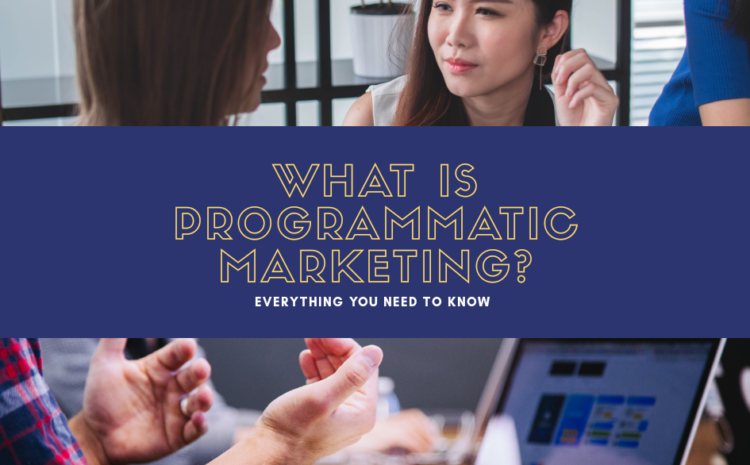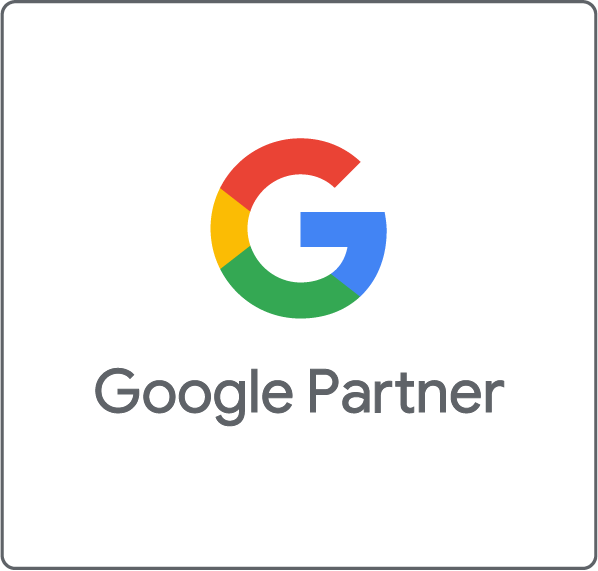What marketing people need to know about programmatic marketing
Over the last five years, the way that advertisers have been buying media and the way it is being sold by publishers has changed. In large part, this has come about because of changing technologies. New, sophisticated platforms and automated processes can target groups in real time, using a range of demographic and segmentation methods. It’s called programmatic marketing.
The idea is that this new way of buying brings marketers and publishers closer together. However, what has become obvious in recent times is that many marketing managers still do not understand exactly how it works. So, with this in mind, we have created the below guide to what you need to know about programmatic marketing.
Don’t worry if it’s confusing
The number of programmatic platforms has grown exponentially in the last few years. This combination of novelty and a whole new lexicon of terminology is indeed very confusing. But don’t worry, you are not the only one who is confused. If you’ve seen groups of letters like RTB, SSP and DMP cropping up all over the place in recent times and have no idea what they mean, then you are not alone.
Programmatic marketing seems to love an acronym, which is perhaps why a Forrester study from 2014 found that only 23% of marketers understood the programmatic buying process. That’s less than a quarter. And although this may have increased in recent years, if you find it confusing then you are among the majority of your colleagues and it’s no reason to panic.

Many marketers have been working hard to get their head around the terminology but even then, the pace of change means that it is hard to get programmatic marketing figured out. Just when you think you understand it, the goalposts move again.
Don’t worry, the whole industry is coming to terms with the process and you are not alone. And it will take some time before the rulebook is firmly established.
Data is essential
The key to programmatic marketing is data. In fact, it’s data that fuels the whole process. This can be obtained from a variety of sources, with the most useful being first-party data. This is information you can gather from your websites or online platforms. And once its power is harnessed, it can be the driving force behind successful programmatic marketing.
That is why data management platforms (DMPs – one of the acronyms that you’ll soon get to know well) are so important. In fact, more than half of marketers think that DMPs are the future of programmatic marketing.
Second- and third-party data has its place too, of course. Second-party data is a relatively new form of collection. Essentially, it is when one company’s first-party data is collected and sold on to others in the chain. For example, when retailers sell on loyalty card data. Third-party data is when you buy pre-collected data from an external source. If you have ever received an email from an unknown company, it’s very likely that this is what has happened. This kind of data will be heavily impacted by the General Data Protection Regulation (GDPR). This is why first-party data is so valuable. It is free and unaffected by regulation.
Learning the new marketing language
Data management platforms (DMPs)
A DMP is effectively a data warehouse, a piece of software that collects and houses information. It does this in a way that’s useful for marketers, publishers and other areas of the programmatic marketing industry.
This centralised location can help to optimise future media purchases and aids in a better understanding of customer information.
Demand side platforms (DSPs)
A demand-side platform is software that purchases advertising in an automated way. They are most commonly used by advertisers and agencies, helping them purchase video, mobile and search ads. They make the process cheaper by removing the need for human interaction in the process. Rates are negotiated automatically, meaning there is no need to manually send ad orders.
Supply side platforms (SSPs)
A supply-side platform is similar, again formed of software used to sell advertising automatically. SSPs are most often used by online publishers, making it the publisher equivalent of a DSP but designed to do the opposite, in short, to maximize the prices at which they sell.
Real time bidding
Real-time bidding is often mistakenly labelled as being programmatic. Yes, it forms part of the larger process, but essentially it is the buying and selling of online ad space using real-time auctions. These appear in the time when websites are loading, and are often facilitated by ad exchanges or supply-side platforms.
The importance of compliance
One of the biggest changes and challenges facing digital and programmatic marketing is the General Data Protection Regulation (GDPR), which came into force in 2018. This impacts all companies that process the personal data of EU citizens, and it applies even if the company is not located in the EU. This affects how marketers obtain, manage and process personal data.
It has meant that marketers have had to move their focus to segments. Under GDPR, they are not able to add specific filters that narrow down the target to individual users, without explicit permission. So, segments offer a more general but still effective approach.
Programmatic marketing is the future of online advertising
Programmatic platforms account for a huge share of ad inventory globally. It’s almost impossible to find a major publisher or agency that doesn’t offer some kind of programmatic service. And it is making its way down the chain. It runs 24 hours a day, 365 days a year, optimising campaigns to ensure the lowest cost and the highest conversions. So you can see the appeal.
And yet, even though programmatic marketing is a very important part of the advertising industry already, there is still a lot of potential for it to grow further. So, even though it is confusing, it’s time to start making the effort to get to grips with it.
Find out more about YouYaa’s six months of fee-free programmatic marketing offering.



